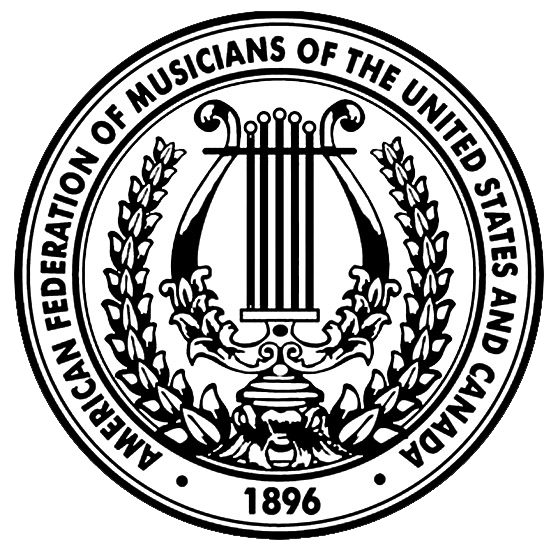Music Preparation
In order for an ensemble of musicians to perform together, music must usually be provided for them. After a composer has… composed a piece, it’s the job of music preparation personnel to work with that piece so it can be performed; they are the link between the composer’s score and the orchestra’s performance of it.
Arrangers will adapt a composition to determine how it will sound, taking an already written composition for presentation is something other than its original form. This includes reharmonization, paraphrasing and/or development of a composition so that it fully represents the melodic, harmonic, and rhythmic structure and requires no changes or additions.
Orchestrators will decide what instruments to use and which instruments will play what, scoring the various voices of an arrangement without changing or adding to the melodies, counter-melodies, harmonies, and rhythms.
Copyists will then write out the parts on sheet music for the conductor’s score and each individual musicians, to that every player has their own part. Librarians may also be needed to keep that sheet music organized.
All of this work is covered under every AFM agreement.
By and large, music prep is paid by the score page. Each agreement contains a set of “page rates” for orchestrators and copyists. Arrangers, whose work is highly specialized, are allowed to negotiate their own payment, provided it is no less than what an orchestrator’s payment would be according to the page rates.
Other types of work may not be feasible to be paid by the page, such as adjustments, alterations, or work at rehearsals, so each contract also enables the personnel to be paid by the hour, called “time rates.”
All music preparation work is to be filed on a special music preparation invoice and submitted to the Employer/Producer. In turn, the Employer/Producer must list the relevant wages and benefits on the appropriate AFM B-Report Form for the project in question.
Further Resources:
- Music Preparation Chart for Motion Pictures, as of April 28, 2024
Return to EMSD Resource Center
